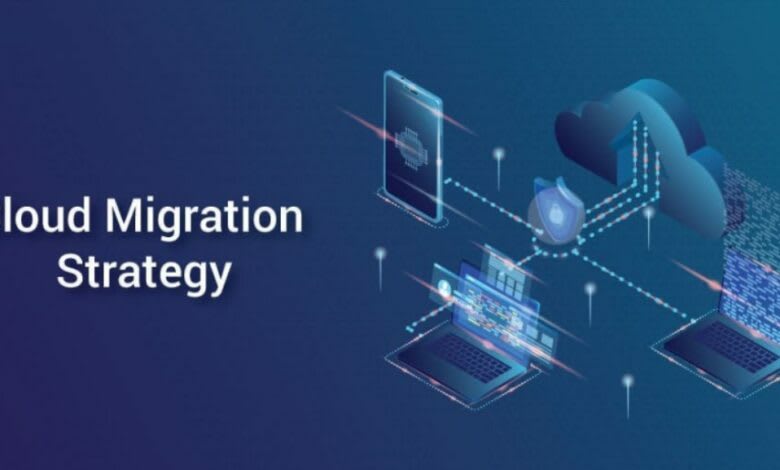
The testing phase of any successful cloud migration process is crucial. Businesses can assure a seamless migration of their applications and data to the cloud by putting the proper strategy in place.
We’ll read about the essential elements of a fruitful cloud migration testing strategy, from identifying the potential and dangers to building a game plan.
Cloud Migration Testing Strategies
Testing the quality of workloads that have been moved from an on-premises environment to a cloud platform is known as cloud migration.
As it helps to ensure that the migrated workloads are up, running, and properly operating in the new environment, it is a crucial stage in the whole cloud migration process.
The goal is to find any potential problems that can impair the migrated workloads’ performance or dependability once they have been moved, as well as to make sure they are correctly set up and protected.
Testing for cloud migration comprises planning, getting ready, doing it, and watching it. The goals and test cases are normally defined, as well as the testing’s scope, during the planning phase.
Configuring the cloud platform, setting up the test environment, and establishing test plans are all part of the preparatory step. Running the test cases, examining the results, and recording any conclusions all belong to the execution step.
Last but not least, the monitoring step entails keeping tabs on the tests’ development, confirming the accuracy of the results, and making improvements as needed. Having a clearly defined testing strategy is crucial for successful cloud migration testing.
This ought to involve a review of the application architecture as it currently stands, an assessment of the migration’s scope, and a determination of the capabilities of the cloud platform.
Making test plans for each workload that is transferred and considering how the migration will impact the current application infrastructure are also essential. When making test plans, the many types of tests that should be performed should be considered.
These include functional testing, which confirms that the migrated workloads are operating as intended; performance testing, which assesses the migrated workloads’ response time, throughput, and scalability; security testing, which gauges the migrated workloads’ and the cloud platform’s security; and availability testing, which assesses the migrated workloads’ availability and dependability.
Making sure the tests are appropriately monitored and tracked while they are being conducted is essential. The test results must be noted as part of this, scrutinised, and any conclusions must be documented.
Along with assessing the capabilities of the cloud platform, it is essential to take into account how the transfer will affect the architecture of the currently used apps. It’s important to adequately document the cloud migration testing process.
Recording the results of tests, breaking down the results, noting any discoveries, and making any essential modifications are all included. This paperwork should be inspected and modified regularly to guarantee that the cloud transition is a success.
The testing phase of the overall cloud migration process is crucial. It aids in confirming that the transferred workloads are operational, appropriately set up, and secure.
A well-defined testing strategy, test plans for each migrated workload, and adequate monitoring and tracking of the tests are essential for ensuring the success of cloud migration testing.
Conclusion
Although moving to the cloud is a difficult task, you may complete it successfully if you use the right automation testing solutions. Opkey provides automated, trustworthy, and secure cloud migration testing to guarantee a seamless migration to the cloud.
Utilise Opkey’s automation tools to streamline your cloud migration and ensure a smooth transition.


















